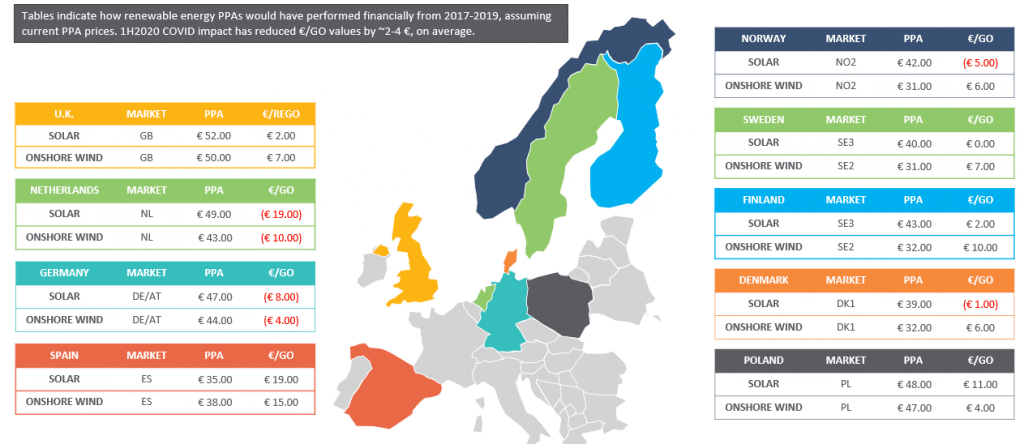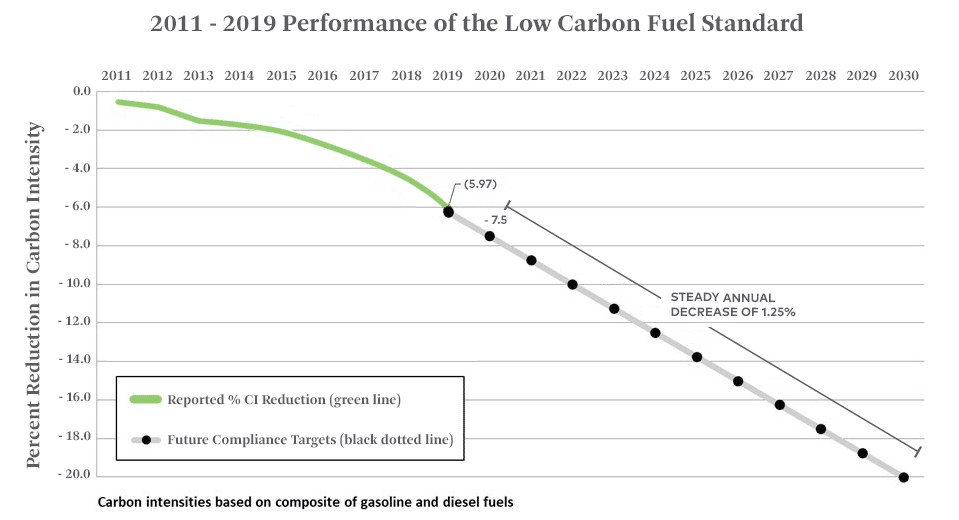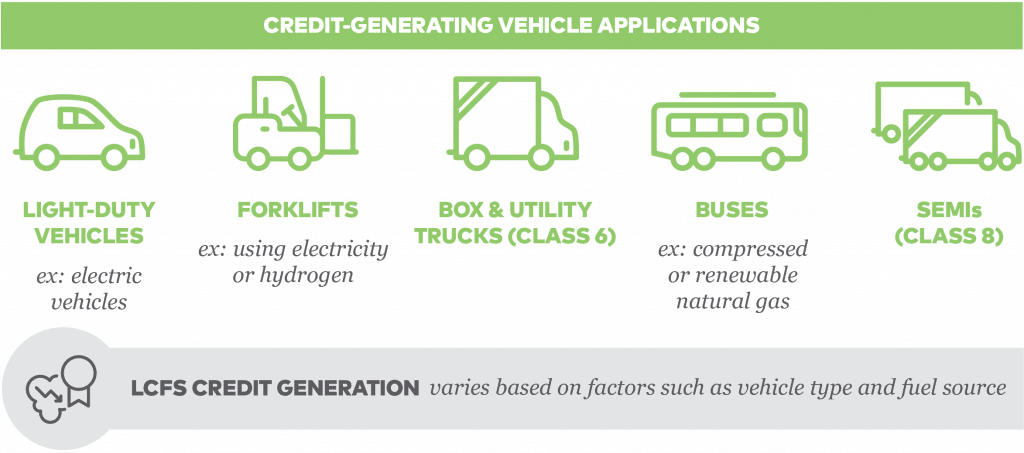
Here’s how the B Corp movement guides businesses like ours in the necessary work to do better.
3Degrees was recently recertified as a B Corporation, and we’ve been part of the movement to use business as a force for good for eight years and counting. It’s hard to imagine a more poignant time to receive this news than September 2020, when 3Degrees’ employees and our neighbors are facing challenges that continue to mount. After six months of working remotely during a global pandemic, many of our teammates are also dealing with kids going back to virtual school, the immediate threats of extreme weather, and so much more.
I think it’s safe to say that all of us recognize a clear need to make things better. It’s clear that the devastating impacts of climate change are already here. It’s clear that workers need and deserve respect, care, and thoughtful leadership from their employers. It’s clear that we must build toward a better, more equitable future.
The B Corp movement has been an important source of grounding, guidance, and inspiration for our company. Especially today, the commitment to positive action within our B Corp community gives me great hope for tomorrow.
Why B Corps Matter, Now More Than Ever
Sustainable Capitalism
The B Corp movement is about creating a new version of capitalism, one that sustains and even improves our society. The B Corp vision calls for more than financial gains for a few; Certified B Corporations commit to stakeholder capitalism, in which business serves not just shareholders but also stakeholders: customers, suppliers, employees, and communities. This is a vision recognized by nearly 200 Business Roundtable CEOs, representing major U.S. companies. And now is the time for businesses to commit to this vision.
3Degrees arrived at this vision partially because we started this business to create positive change. The climate emergency was clear to us when we founded 3Degrees, and when we learned about B Corp certification we didn’t hesitate to pursue it (read our full B Corp story here). Despite challenging financial times for our business, we invested in becoming a B Corp and were certified in 2012.
As 3Degrees has worked to address climate impact around the world in recent years, we’re proud to see the B Corp model being embraced by global business leaders, and crucially, large companies as well. This month, four multinational B Corp companies launched the B Movement Builders initiative, challenging large companies with at least $1B in revenue to adopt the B Corp vision. It’s heartening to see other leaders stepping up in spite of, and because of, the challenges humans face today.
As Hallvard Bremnes, Global Head of Sustainability at Givaudan, says: “The current situation has even more acutely shown the interdependence between performance and purpose and our need to play a role in changing the balance of this dynamic for Givaudan and beyond.”
Meaningful Climate Action
When your business becomes a B Corp, you declare that “business ought to be conducted as if people and place mattered. … and thus we are responsible for each other and future generations.”
3Degrees’ business is built around climate action, and we see the urgency for all businesses to do more to reduce their greenhouse gas emissions and negative climate impacts. That’s where the B Corp Climate Collective and its Net Zero challenge come into the picture.
In December 2019, we joined 500+ B Corps in a pledge to reach Net Zero by 2030. That’s an aggressive goal for most companies – and 20 years short of the 2050 goals set in the Paris Climate Agreement. As if that wasn’t impressive enough, today the Net Zero by 2030 list is more than 700 companies long! We’re looking forward to the progress this strong coalition will make in the months and years to come.
Justice, Equity, Diversity, and Inclusion
There is no climate justice without social justice.
2020 is teaching us many lessons, and one of the most important lessons for me is that business leaders must fight for racial justice and equity.
The police killings of Black Americans, subsequent police violence at protests across the country, and so much more makes it impossible — and unconscionable — for people with privilege to ignore the continued racism and inequality in our institutions.
At 3Degrees, we’ve been working to undo our own role in upholding inequitable systems. We’ve learned that meaningful climate action must be anti-racist and equitable. And now we’re learning how to practice these lessons. Once again the B Corp community helps guide us and hold ourselves accountable with climate justice resources, working groups, and more.
Businesses for a better future
If you’re still with me, and you’re in the business world, I want to challenge you to consider how your company can contribute to a better future. The turmoil around us makes it hard to see the forest for the trees, but it’s so important that you try. Because our current challenges only underscore the reasons why every business must take action now to be a part of something better. For 3Degrees, the B Corp community has helped us do that. Our B Corp certification has helped us achieve more than we thought possible, and we commit to doing even more in the future.
I hope it can be a guide for you, too. The B Impact Assessment, a free tool to measure your business’s impact, is a great place to start.






Recent Comments